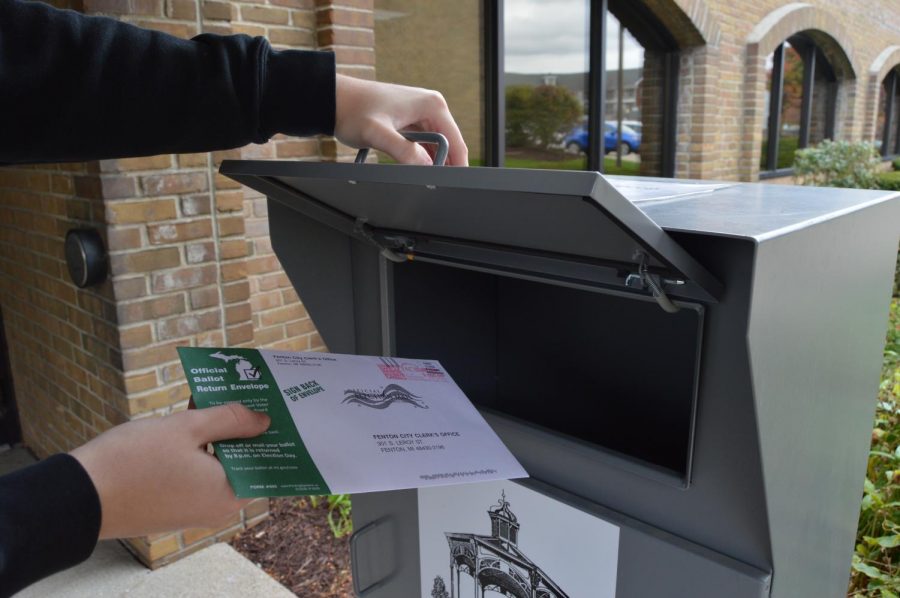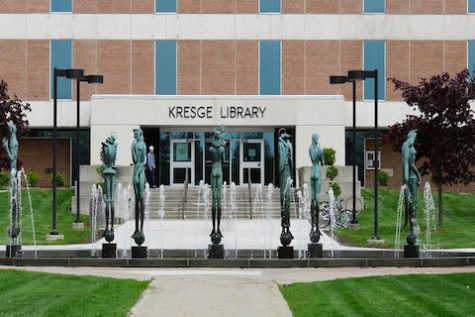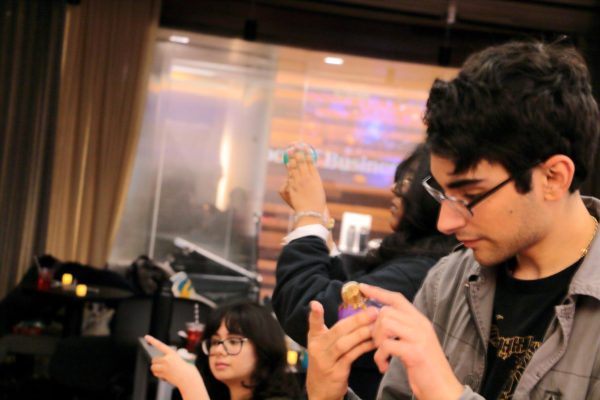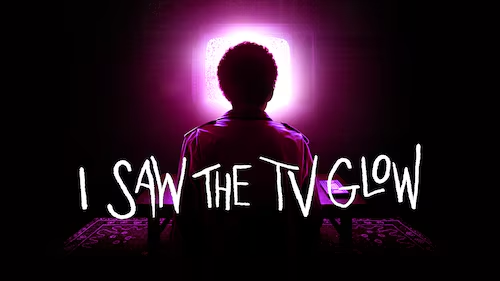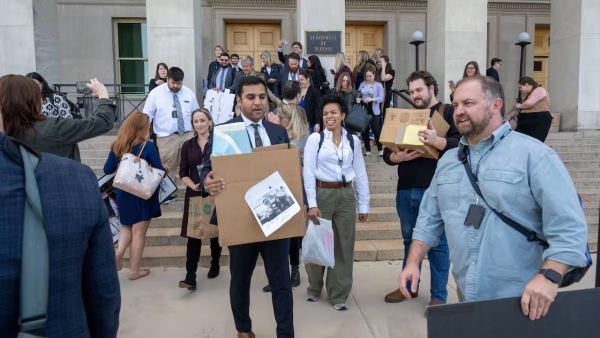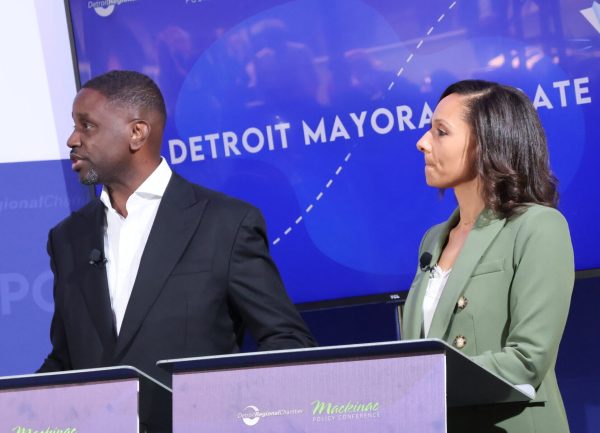Young voters overcoming barriers this election
Oakland University student turning in an absentee ballot in person before the election. Oakland University was recognized as a voter-friendly campus.
Young college students may direct election results, while voter turnout shows an unprecedented rise.
Under half of young voters turned out for the record-breaking 2008 election between Barack Obama and John McCain, but this year 60.3% of young voters reported they will “definitely be voting.” Despite challenges posed to first or second time voters, the majority of young citizens are prioritizing this election.
“Young people could wield significant political power [in this election]: Millennials and some members of Generation Z comprise 37% of eligible voters, roughly the same share of the electorate that baby boomers and pre-boomers make up,” according to National Public Radio.
To put that in perspective, voter-age Millennials and Gen Z occupy a similar population of the country as two Midwestern areas (20.8% of the U.S. or over 68 million people), according to the most recent 2019 census.
There are a few factors that throw a wrench in young voter turnout though: distance, routine and uncertainty.
Over 50% of college students live an hour away from home, what may be their voting location. Establishing a new permanent residence is not a simple task for students moving in various dorms, apartments or sorority/fraternity houses.
“You have to have the same residential address for both your voter registration and driver’s license — that’s difficult for college students,” Terri Towner, political science Ph.D., said. “You are constantly changing your address. I moved probably 10 times when I was a college student.”
Routine and uncertainty go hand-in-hand for new voters. Taking part in an election is a new process for young people, and its novelty lends to uncertainty.
“There are a lot of offices, a lot of candidates on the ballot,” Towner said. “We may not be aware of every candidate or officeholder that’s listed.”
Towner emphasized that she still needs to do research, even though she teaches politics. To prepare, voters can go to the Secretary of State’s website and download a sample ballot, review each office and visit her “favorite” resource, League of Women Voters, to learn about candidates.
Nicole Asmussen Mathew, political science Ph.D., suggested reading the “conservative” leaning Detroit News and the “liberal” leaning Detroit Free Press to find “endorsement intersections” for moderate candidates.
“Party identification is not fully crystallized” for many college students because “it’s a group of first time voters,” according to Towner. However, many people are “intimidated” by voting, and that uncertainty doesn’t have to detour new voters. Doing research and unpacking personal beliefs fits into the college ideal: learning.
Voters can check if they’re registered to vote and look at a sample ballot as Towner suggested on michigan.gov/sos. Although absentee ballots should be turned in directly to be counted at this point, people are able to register to vote in person up to and on election day as well.
“Have a voice and get out the vote,” Towner said. “There’s still time to vote [until Tuesday, Nov. 3].”



